Discover the importance and definition of Crew Resource Management (CRM) in aviation safety. Learn how teamwork, communication, and smart decision-making keep flights secure and crews connected. Explore CRM’s history, benefits, and applications beyond the cockpit!
Understanding Crew Resource Management (CRM) Definition and Meaning 🛫
Hey there! Ever wondered how pilots 👨✈️ and their crews keep things running smoothly up in the sky? That’s where Crew Resource Management (CRM) Definition and Meaning comes in—a game-changer in aviation safety and teamwork. Let’s dive into what CRM is all about, why it matters, and how it’s more than just a cockpit thing—all with a sprinkle of emojis to keep it fun! 😊
What Is CRM? A Simple Definition 🌟
Crew Resource Management (CRM) is like the ultimate teamwork playbook 📖 for aviation pros. It’s a set of skills and strategies that help pilots, flight attendants, and ground crew work together like a well-oiled machine ⚙️. Think of it as the art of talking clearly 🗣️, staying sharp 👀, solving problems fast 💡, and leading with confidence—all to make sure every flight takes off 🛫 and lands 🛬 safely.
In short:
CRM = Communication 🗨️ + Teamwork 🤝 + Smart Decisions 🧠 = Safer Skies ✈️
Why CRM Matters in Aviation 🌍
Flying a plane isn’t just about pushing buttons—it’s about people working together under pressure. Back in the day, accidents happened because crews didn’t talk enough or missed big red flags 🚨. CRM stepped in to fix that. It’s all about catching human errors before they turn into disasters 🌪️.
For example, imagine a pilot 👨✈️ noticing a storm ahead ⛈️. With CRM, they’d chat with the co-pilot 👩✈️, check with air traffic control 🎙️, and decide the best move—together. Studies from the Federal Aviation Administration (FAA) show CRM has cut accident rates big time, making flying one of the safest ways to travel today. Pretty cool, right? 😎
The Big Pieces of CRM 🧩
CRM isn’t just one thing—it’s a combo of superpowers! Here’s what it’s made of:
- Communication 🗣️: Clear, no-nonsense talking. “Hey, we’ve got ice on the wings ❄️—what’s the plan?”
- Situational Awareness 👀: Keeping your eyes peeled for what’s happening now and what’s coming next.
- Problem-Solving 💡: Thinking fast when the unexpected hits—like an engine hiccup 🔧.
- Teamwork 🤝: Everyone pitching in, from the cockpit to the cabin, like a sky-high relay team 🏃♂️.
- Leadership 🌟: Guiding the crew with calm and confidence, even when things get bumpy 🌩️.
Real-life example: In 1989, United Airlines Flight 232 lost all controls mid-flight 😱. The crew used CRM to teamwork their way to a crash landing that saved over half the passengers. That’s the power of CRM in action!
A Quick History Lesson ⏳
CRM was born in the 1970s after experts realized many crashes weren’t about planes breaking—they were about people messing up. NASA kicked it off with workshops, and airlines like United jumped on board. Today, it’s a global standard 🌐, trained everywhere from New York to Tokyo. It’s evolved too—now it’s not just for pilots but for whole crews and even other industries!
Benefits That Soar 🚀
Why’s CRM such a big deal? Check this out:
- Safer Flights ✈️: Fewer accidents thanks to better teamwork and fewer “oops” moments.
- Happy Crews 😊: Everyone feels heard and valued, making work less stressful.
- Smooth Operations ⚡: Decisions get made faster and smarter.
Stats back it up: The National Transportation Safety Board (NTSB) says CRM has slashed crew-related errors by up to 70% since it started. That’s a lot of lives saved! 🙌
Challenges to Watch Out For ⚠️
It’s not all smooth flying. Teaching CRM can hit turbulence:
- Resistance 😤: Some old-school pilots might grumble, “We’ve always done it this way!”
- Training Time ⏰: It’s not a one-and-done deal—crews need refreshers to stay sharp.
- Culture Clash 🌏: Different countries and airlines have their own vibes, so CRM has to adapt.
But with time and effort, these bumps get smoothed out. It’s worth it!
Beyond the Cockpit: CRM in Real Life 🌿
CRM isn’t just for planes—it’s popping up everywhere:
- Healthcare 🏥: Surgeons and nurses use it to avoid mistakes in the OR.
- Maritime ⛴️: Ship crews rely on it to navigate stormy seas.
- Everyday Teams 💼: Even office groups can borrow CRM tricks for better projects!
Next time you’re in a group project, try some CRM—talk it out 🗨️, stay aware 👀, and lead strong 🌟. It works!
The Future of CRM 🔮
What’s next? Think tech—virtual reality training 🎮, AI helping crews spot risks 🤖, and even better ways to connect teams across the globe 🌍. CRM’s keeping up with the times, making sure safety never takes a backseat.
A Famous Take ✍️
Here’s a gem from Captain Chesley “Sully” Sullenberger, the hero of the Hudson River landing:
“Good CRM is about using all available resources—human and technical—to get the job done safely.”
Couldn’t have said it better! 👏
Key Takeaways (In a Nutshell 🥜)
- CRM = teamwork + communication = safer skies ✈️.
- It’s cut accidents and boosted crew vibes 🌟.
- Born in the ‘70s, now it’s everywhere—even hospitals! 🏥
- It’s not perfect yet, but it’s always getting better 🚀.
Get Started with CRM! 📚
Curious? Check out FAA resources or CRM training courses online. Whether you’re a pilot 👨✈️ or just a team player 🤝, there’s something to learn. Spread the word—share this article and let’s keep safety soaring! 🌈
Disclaimer: This is for fun and info only—not professional advice. Always consult experts for the real deal!
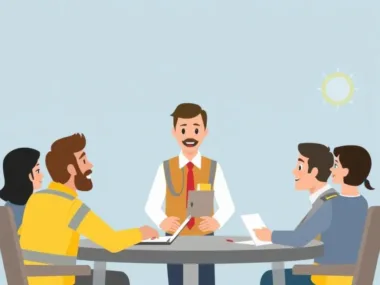
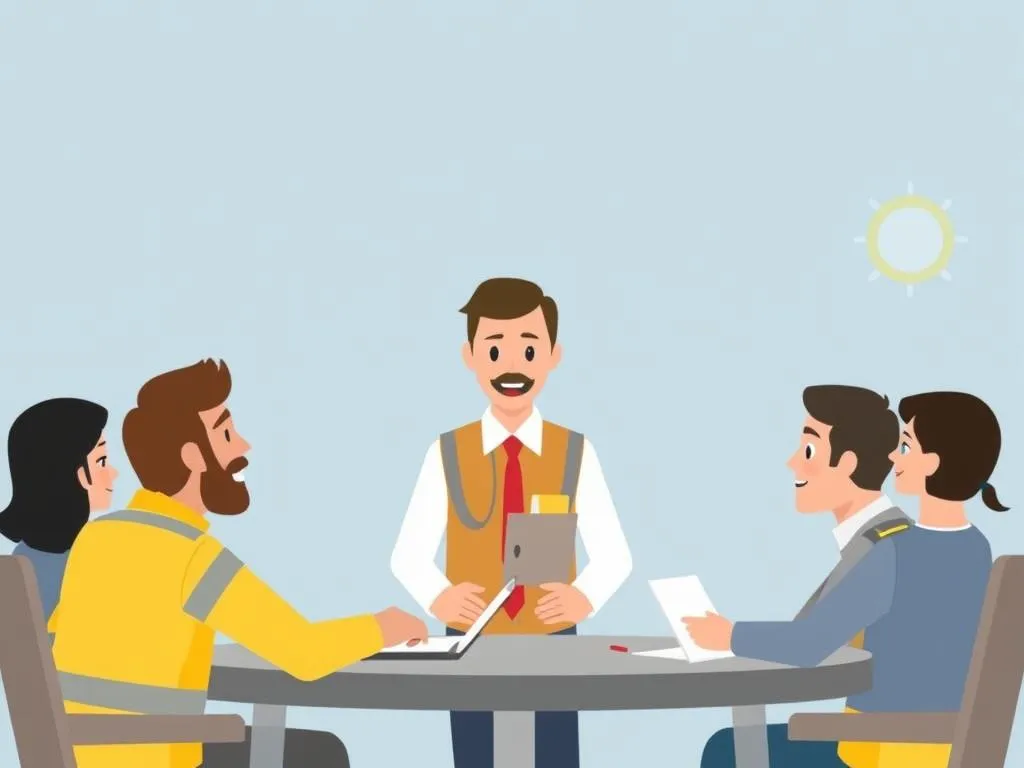
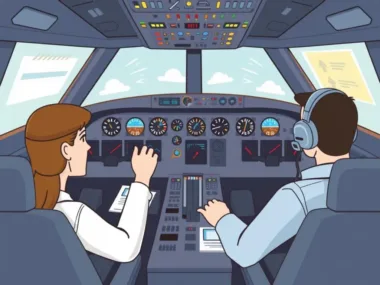
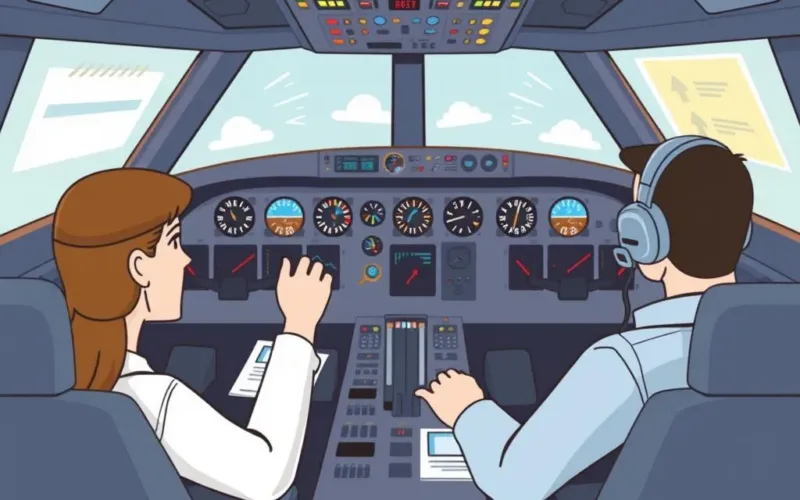


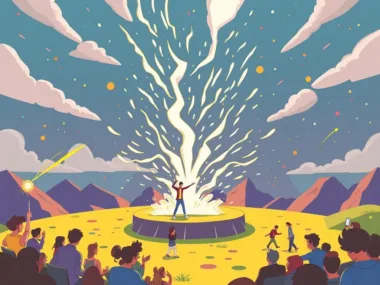
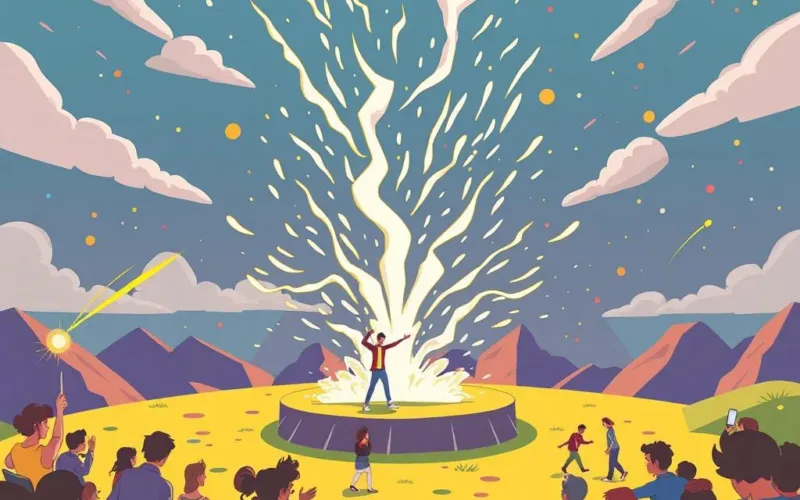
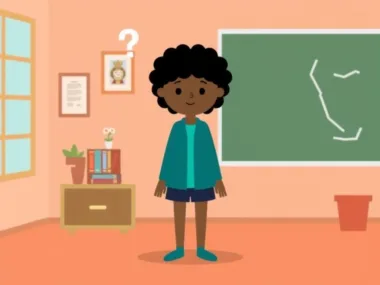
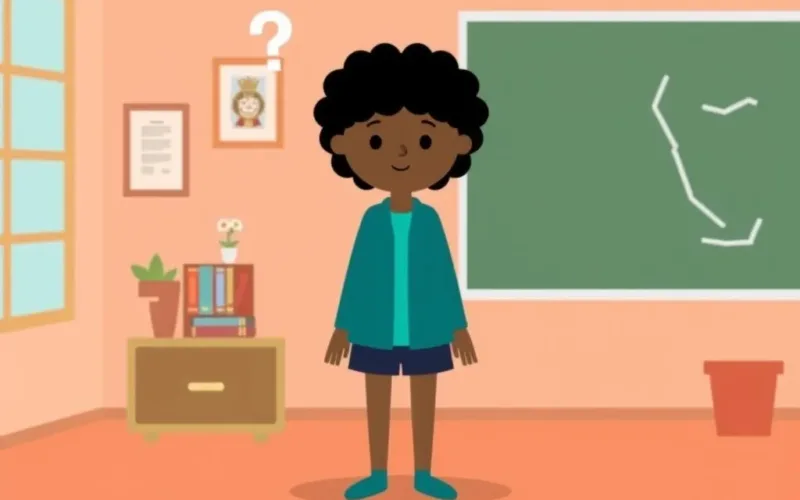




Leave a Reply